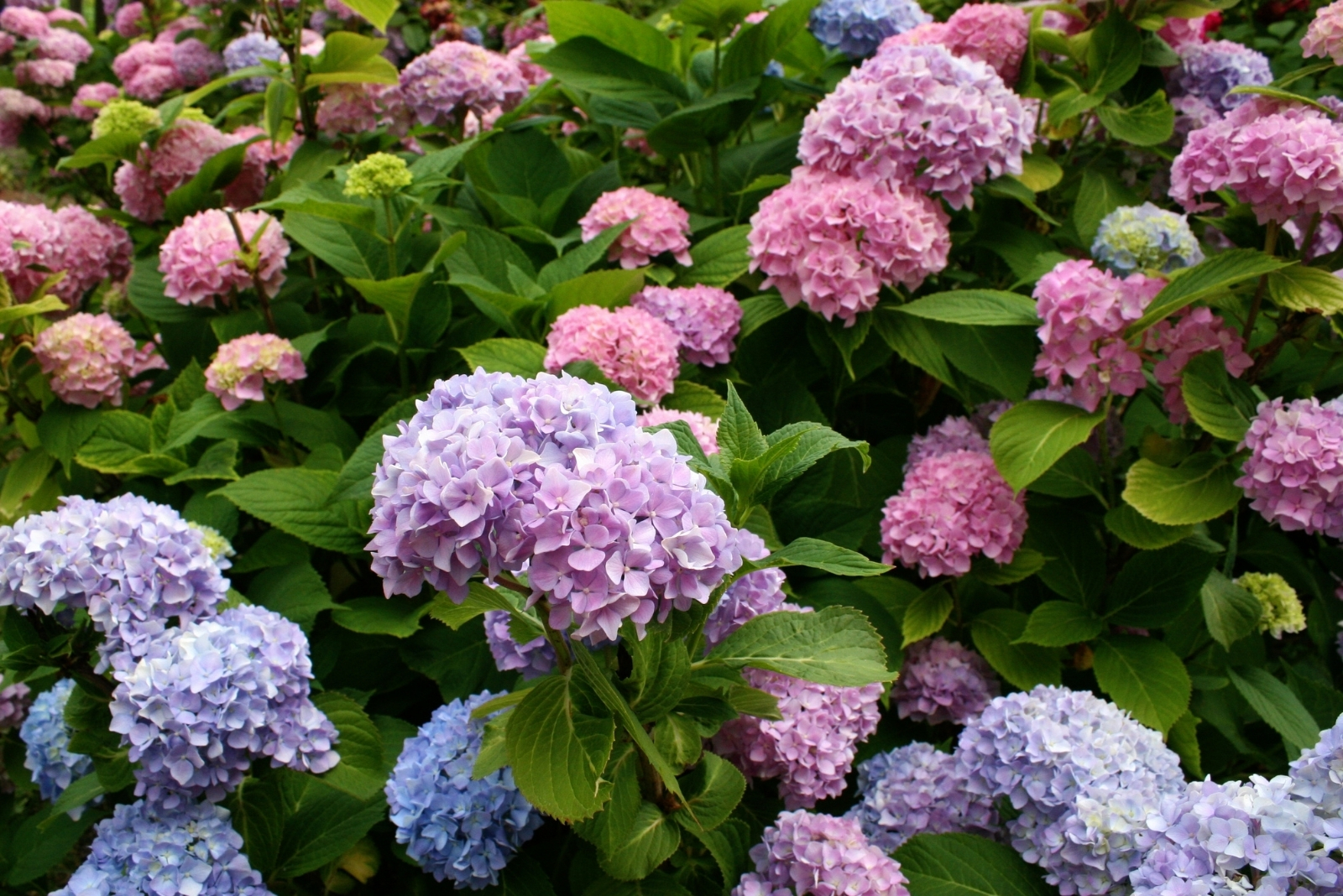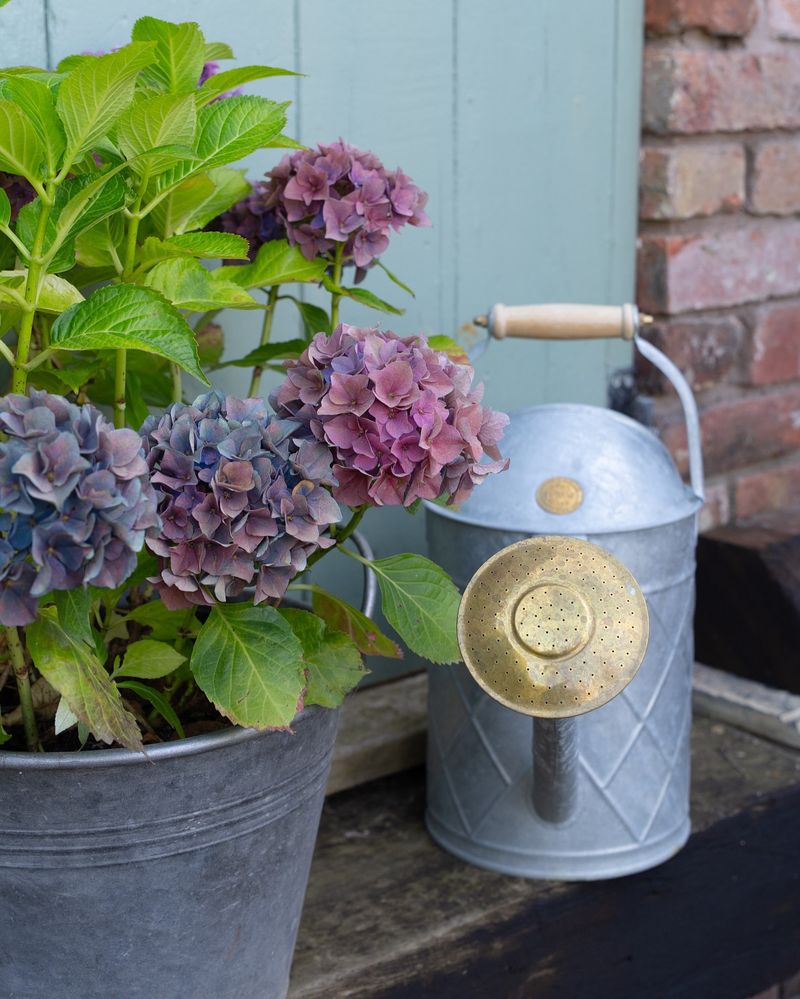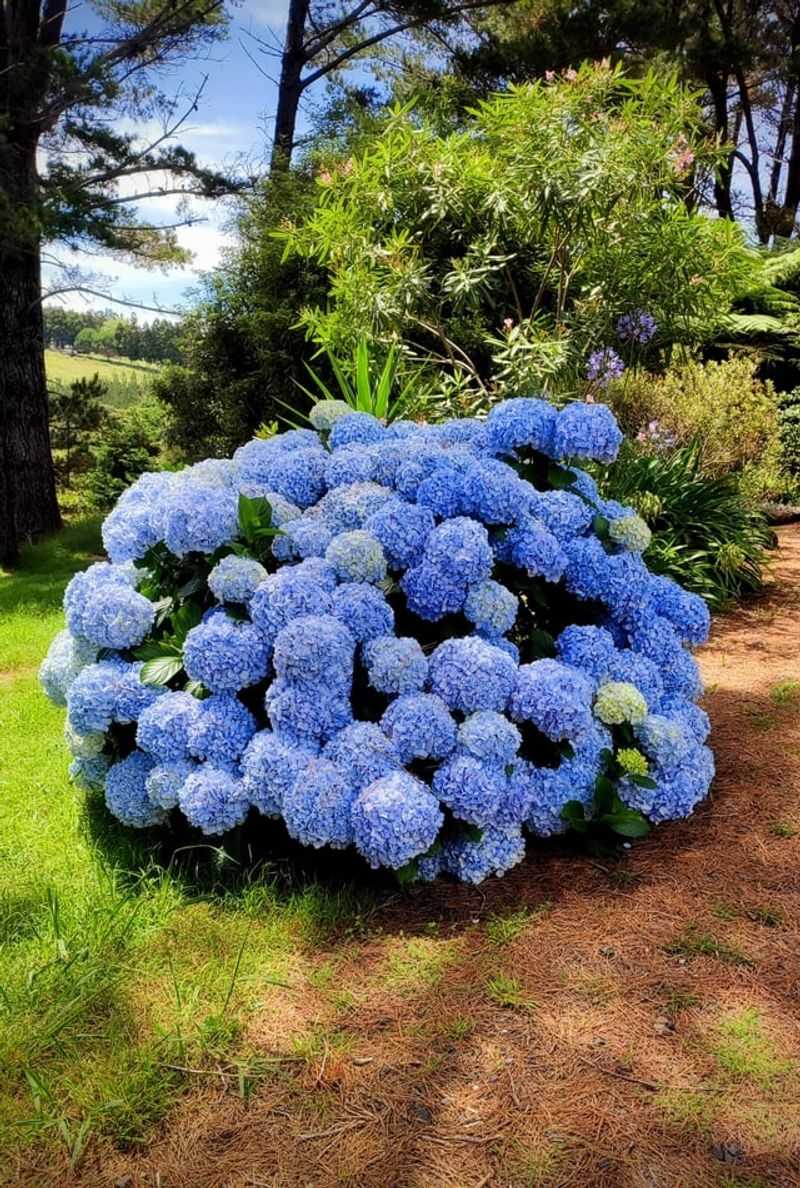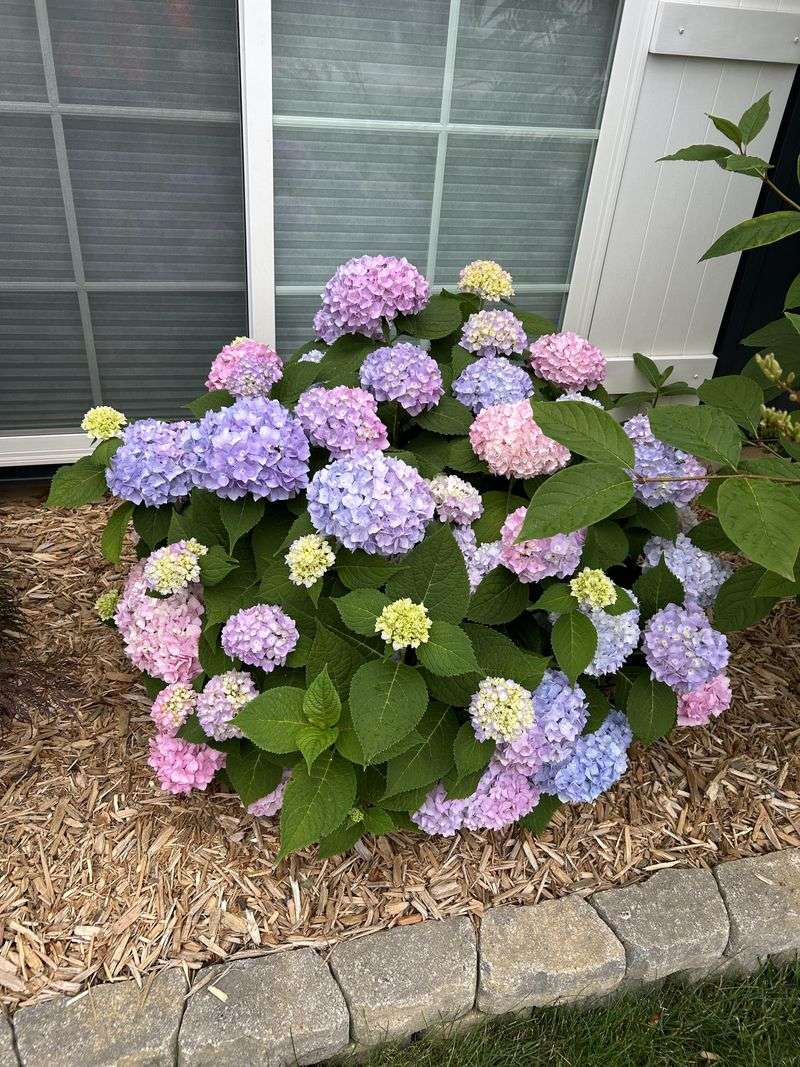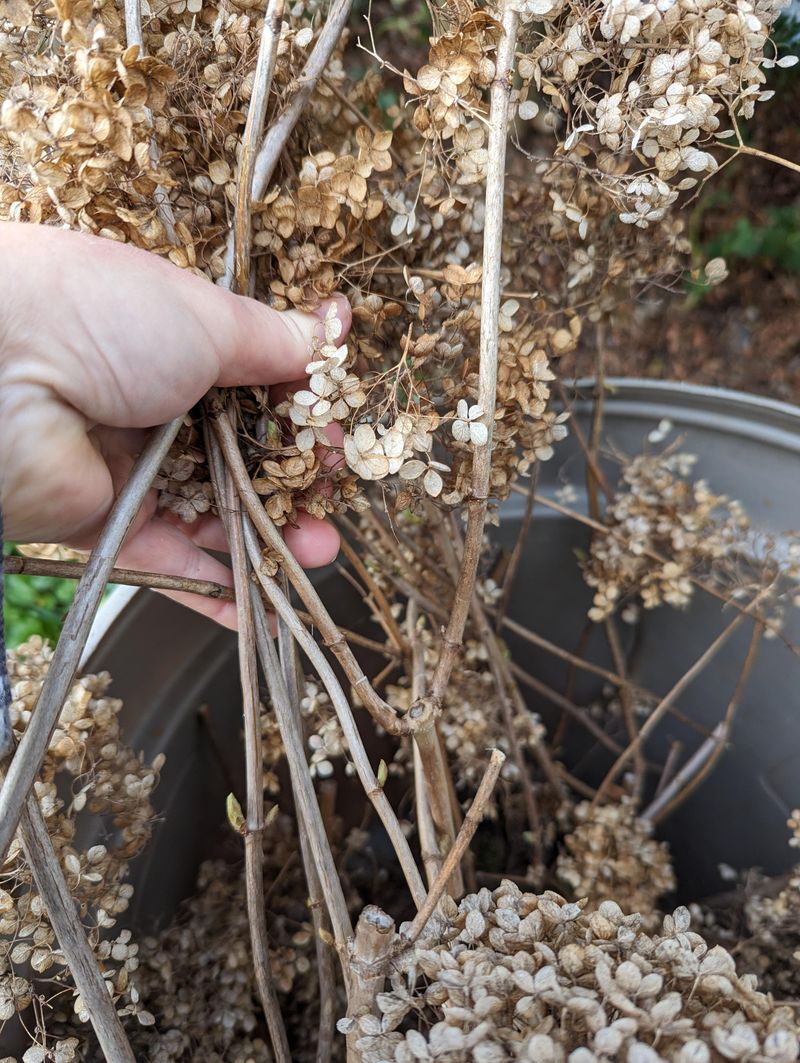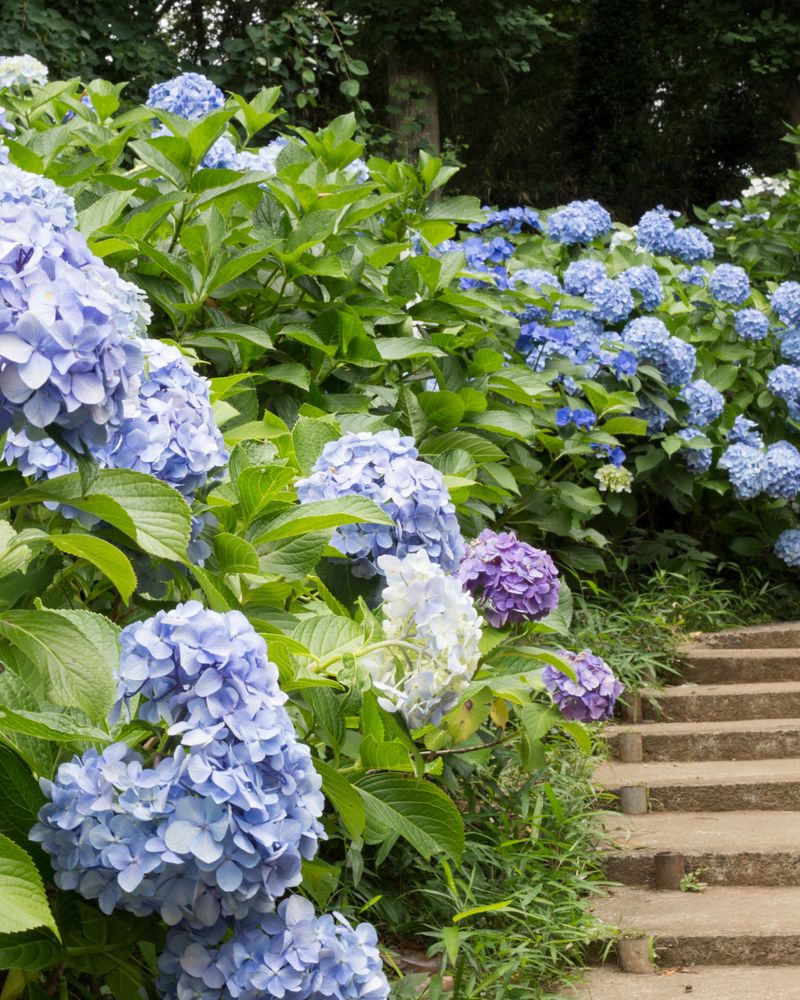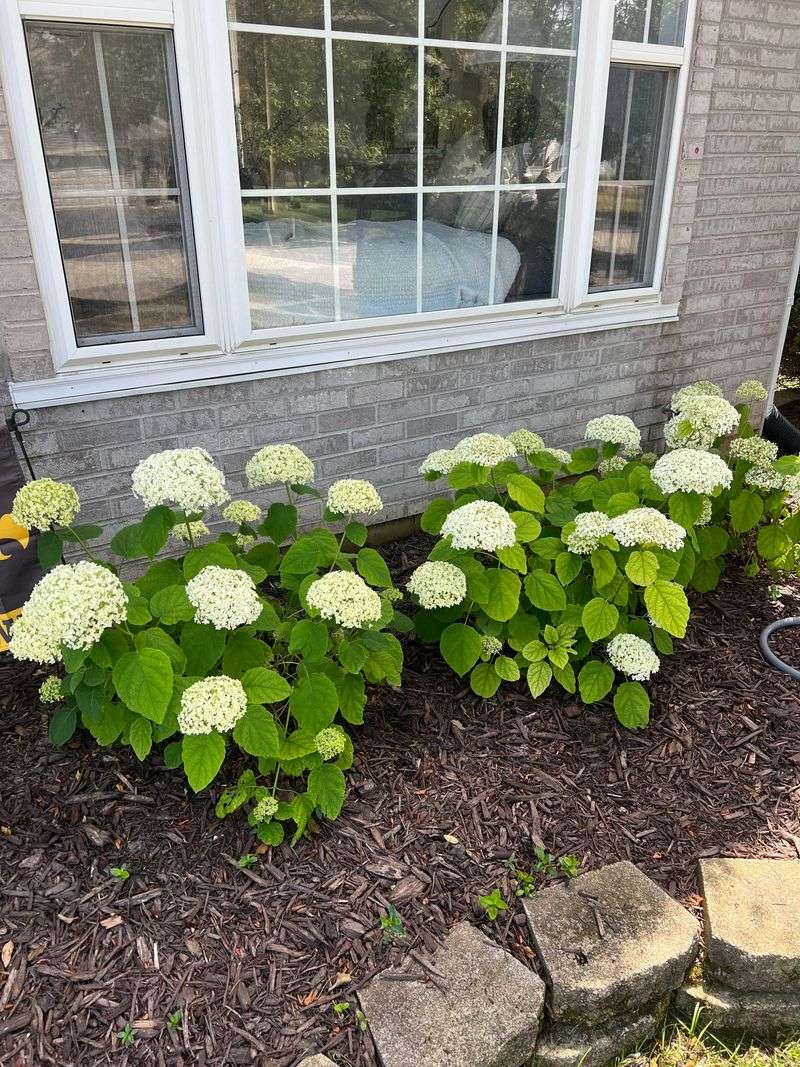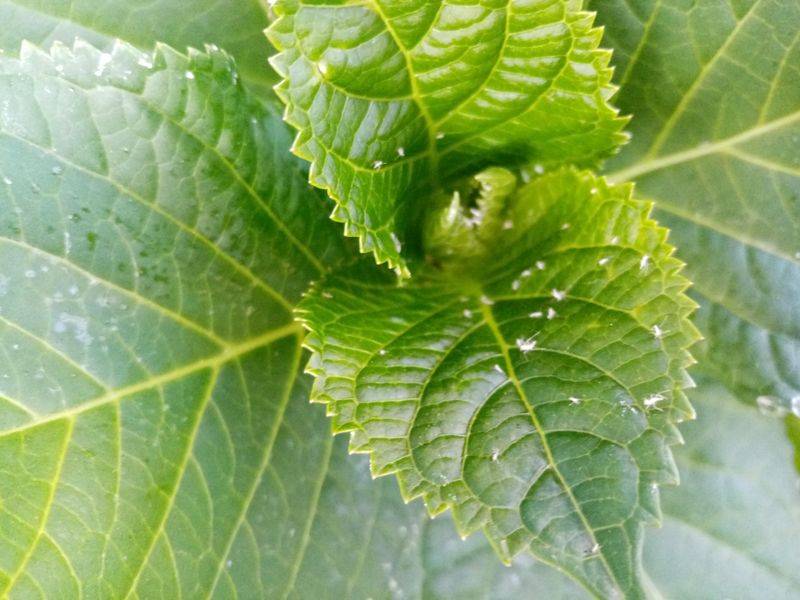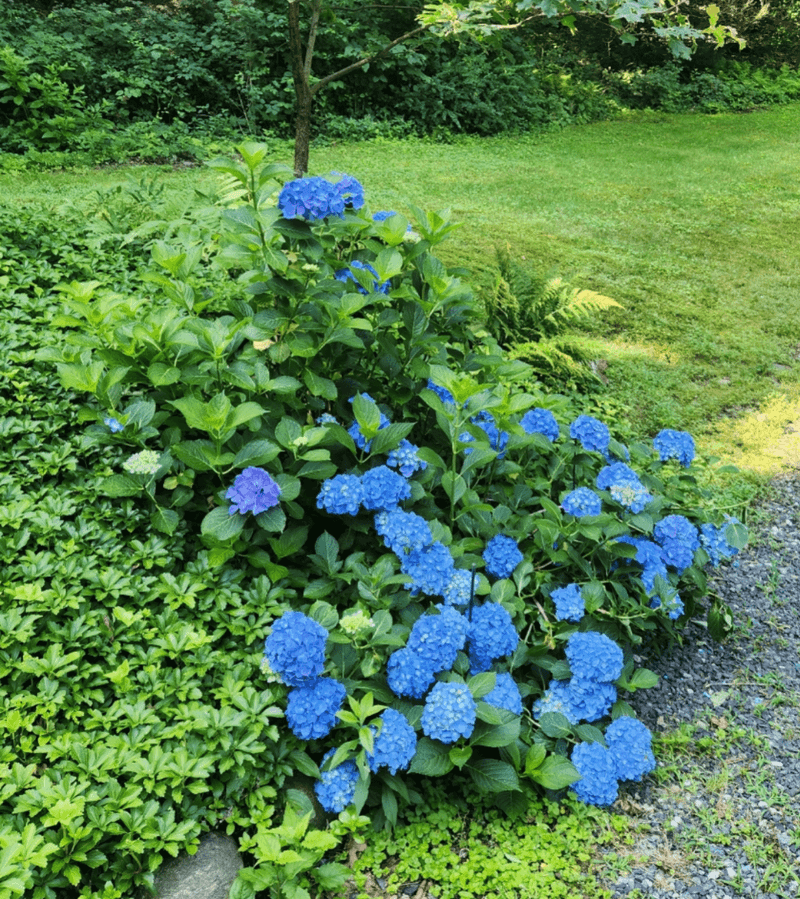Hydrangeas are the crown jewels of South Carolina gardens, but they need special attention to thrive in our hot, humid climate. When summer heat waves strike, these gorgeous bloomers can quickly go from stunning to stressed.
Don’t let your prized plants suffer – these eight urgent steps will keep your hydrangeas healthy and blooming beautifully all season long.
1. Adjust Your Watering Schedule
South Carolina’s scorching summer demands smart watering habits. Morning irrigation allows moisture to reach roots before evaporation kicks in. Aim for deep, infrequent watering rather than frequent light sprinkles.
A soaker hose works wonders in our Carolina clay soil, delivering water directly to the root zone without wetting foliage. Remember that hydrangeas need about one inch of water weekly during growing season.
2. Apply Protective Mulch
Fresh mulch acts like a protective blanket for hydrangea roots in South Carolina’s unpredictable climate. Spread a 3-inch layer around plants, keeping it pulled back slightly from stems to prevent rot. Pine straw or hardwood mulch works perfectly.
Many Carolina gardeners don’t realize mulch helps regulate soil temperature while retaining crucial moisture. It also suppresses weeds that compete for nutrients your flowering beauties need to thrive.
3. Test Your Soil pH
Gorgeous blue blooms require acidic soil, while pink flowers need alkaline conditions – something every South Carolina gardener should check. Grab an inexpensive soil test kit from your local garden center to determine your current pH level.
For bluer blooms in our Carolina gardens, add aluminum sulfate. For pinker flowers, incorporate garden lime. The magic of hydrangeas is that you can actually change their color based on your soil’s chemistry!
4. Prune at the Right Time
Timing is everything when it comes to pruning hydrangeas in South Carolina gardens. For mopheads and lacecaps, wait until after they flower but before August. Oakleaf varieties need pruning right after blooming.
The Palmetto State’s long growing season means you can seriously damage next year’s blooms with improper timing. Always use clean, sharp tools and remove no more than one-third of the plant at once.
5. Provide Afternoon Shade
Even sun-loving hydrangeas struggle under South Carolina’s intense afternoon rays. Consider installing shade cloth or planting on the east side of your home where morning sun gives way to afternoon protection.
Many Carolina gardeners have saved wilting hydrangeas by creating temporary shade structures during July and August heat waves. Watch for leaf scorch – those brown crispy edges that signal your plant is getting too much direct sunlight.
6. Apply Balanced Fertilizer
Feed your hydrangeas with a slow-release 10-10-10 fertilizer in early spring when growth begins in South Carolina. Avoid high-nitrogen options that produce lush leaves but few flowers. Water thoroughly after application.
The Palmetto State’s growing conditions often deplete soil nutrients quickly. A second light feeding in early summer helps maintain gorgeous blooms, but never fertilize after August as this can stimulate vulnerable new growth before winter.
7. Monitor for Pests
South Carolina’s humidity creates perfect conditions for aphids and spider mites on hydrangeas. Check leaf undersides weekly, spraying with insecticidal soap at first sign of trouble. Japanese beetles also love munching on these beauties.
Many Carolina gardeners successfully use neem oil as an organic deterrent. Remember that healthy plants resist pests better, so maintaining proper watering and nutrition creates your first line of defense against unwanted visitors.
8. Prepare for Weather Extremes
South Carolina weather can swing from drought to downpour overnight. Install rain barrels to capture excess moisture for dry spells. Consider raised beds in low-lying areas to prevent root rot during heavy storms.
Many Palmetto State gardeners create temporary protection using bed sheets during unexpected late frosts that can damage early spring buds. Keep frost cloth handy through April, as our unpredictable weather can threaten even established plants.

